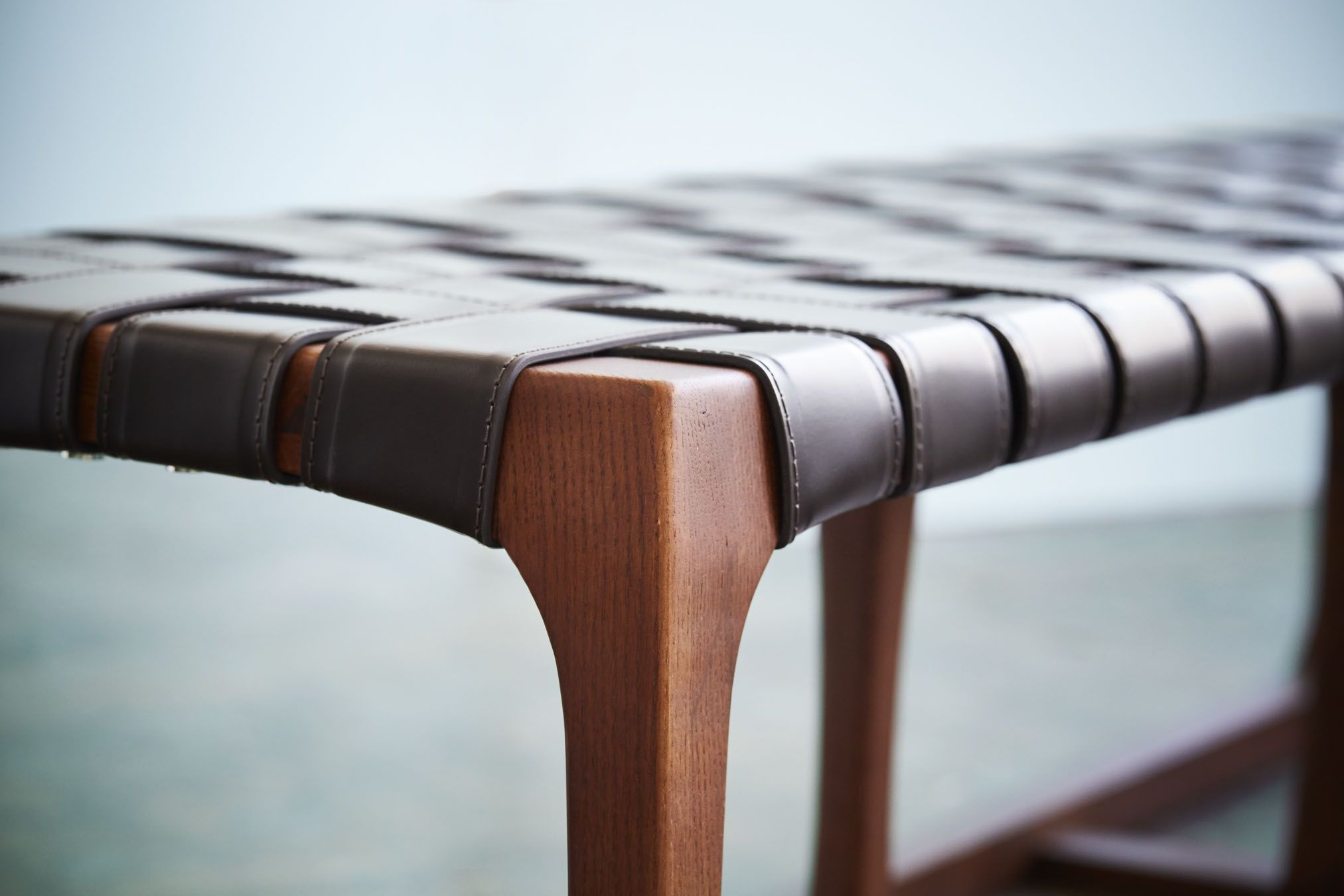Indoor benches are more than just seating; they are versatile pieces of furniture that can elevate the aesthetic of any room. Whether you’re looking for additional seating in your living room, a spot to relax in your entryway, or a chic piece to accentuate your decor, a decorative indoor bench can fulfill all these needs and more. In this article, we will dive deep into everything you need to know about indoor benches, including styles, materials, and tips to choose the best one for your space.
Why Choose an Indoor Bench?
Indoor benches combine functionality with style, making them a superb addition to any home. Here are a few compelling reasons:
- Versatility: Indoor benches can be used in various rooms and for different purposes.
- Space-saving: They provide seating without taking up much space.
- Style statement: A beautifully designed bench can act as a focal point in a room.
- Storage solutions: Many benches offer hidden storage, perfect for decluttering.
Exploring Different Styles of Decorative Indoor Benches
When considering a decorative bench, the style is crucial. Here are some popular styles that you might consider:
1. Modern Indoor Benches
Modern benches often feature clean lines, minimalistic designs, and neutral colors. They are perfect for contemporary spaces.
2. Rustic Indoor Benches
Rustic benches are made from natural materials and feature a more rugged construction. They work well in country or farmhouse-style homes.

3. Vintage Indoor Benches
These benches add a nostalgic touch and can be found in ornate designs. They’re perfect for eclectic or vintage-themed rooms.
4. Industrial Indoor Benches
Industrial benches merge metal and wood for a raw, edgy look. They suit loft-style apartments or modern industrial interiors.

5. Upholstered Indoor Benches
Upholstered benches provide comfort and can serve as extra seating in living rooms or bedrooms. They come in a variety of fabrics and patterns.
Materials Used in Decorative Indoor Benches
The material of your bench is just as important as its style. Here’s a breakdown of common materials:

1. Wood
Wooden benches are classic and durable. They can be made from various types of wood, influencing their appearance and price.
2. Metal
Metal benches provide a modern touch and are often very sturdy. They are easy to clean and maintain.

3. Upholstered Fabrics
Fabrics such as velvet, linen, and faux leather can add comfort and style to a bench. They require more maintenance to keep them clean.
4. Plastic and Resin
These materials are lightweight, affordable, and easy to care for, making them a good choice for families or high-traffic areas.

Choosing the Right Decorative Indoor Bench for Your Space
Finding the perfect indoor bench involves several considerations. Here are some tips to guide your decision:
1. Assess Your Space
Measure the area where you plan to place the bench to ensure it fits comfortably without overcrowding.

2. Consider Your Needs
Think about whether you need extra seating, storage, or simply a decorative piece. This will guide your selection.
3. Match Decor and Style
Select a bench that complements your existing decor style, whether it’s modern, rustic, or eclectic.
4. Test for Comfort and Quality
If possible, try out the bench for comfort and assess the quality of materials and construction before purchasing.
5. Set a Budget
Determine how much you are willing to spend on a bench. Prices can vary significantly based on materials and design.
Pros and Cons of Decorative Indoor Benches
| Pros | Cons |
|---|---|
| Versatile for multiple functions | Can be heavy or bulky |
| Stylish accent piece | Requires maintenance depending on material |
| Provides additional seating | May not fit all decor styles |
| Some offer storage options | Potentially higher cost for quality materials |
Maintenance Tips for Your Indoor Bench
To keep your decorative bench looking its best, follow these maintenance tips:
1. Regular Cleaning
Dust your bench regularly and clean spills promptly to prevent stains, especially for upholstered benches.
2. Use Coasters
For wood and upholstered benches, always use coasters to protect surfaces from moisture and heat.
3. Periodic Polishing
Wooden benches may require regular polishing to maintain their shine and protect the finish.
4. Check for Loose Parts
Periodically inspect your bench for any loose screws or parts and tighten them as necessary.
Frequently Asked Questions (FAQs)
What are the best styles of decorative indoor benches?
The best style depends on your room’s aesthetic. Options include modern, rustic, vintage, industrial, and upholstered styles.
Can I use a decorative indoor bench outside?
While some benches can be used outdoors, it’s essential to choose materials suitable for outdoor use, such as treated wood or weather-resistant metal.
How much should I expect to spend on a decorative indoor bench?
Prices can range from $50 for basic models to over $1000 for designer pieces. Budget according to your needs and material preferences.
Are indoor benches suitable for small spaces?
Absolutely! Many indoor benches are designed to be space-saving, making them perfect for smaller rooms or entryways.
What materials are best for families with kids?
For families, consider benches made of sturdy materials like metal or treated wood, or those with removable, washable fabric covers.
Conclusion: Finding Your Perfect Decorative Indoor Bench
Incorporating a decorative indoor bench into your home can enhance both functionality and style. By considering the tips and options discussed in this guide, you can make an informed choice that reflects your taste and meets your needs. Remember, a bench is more than just a seat; it’s a unique piece of furniture that can bring your space to life. Happy decorating!